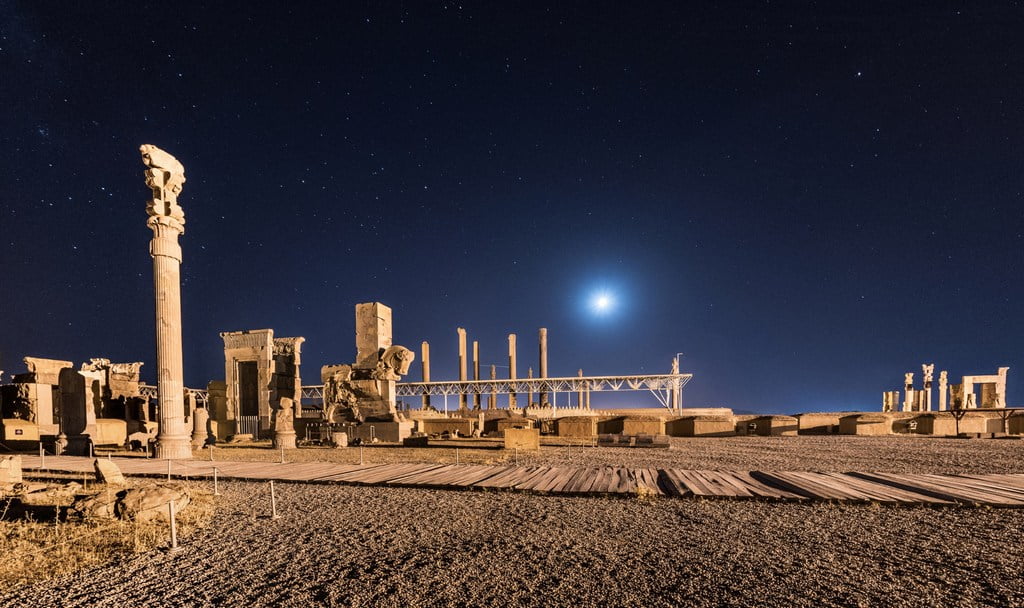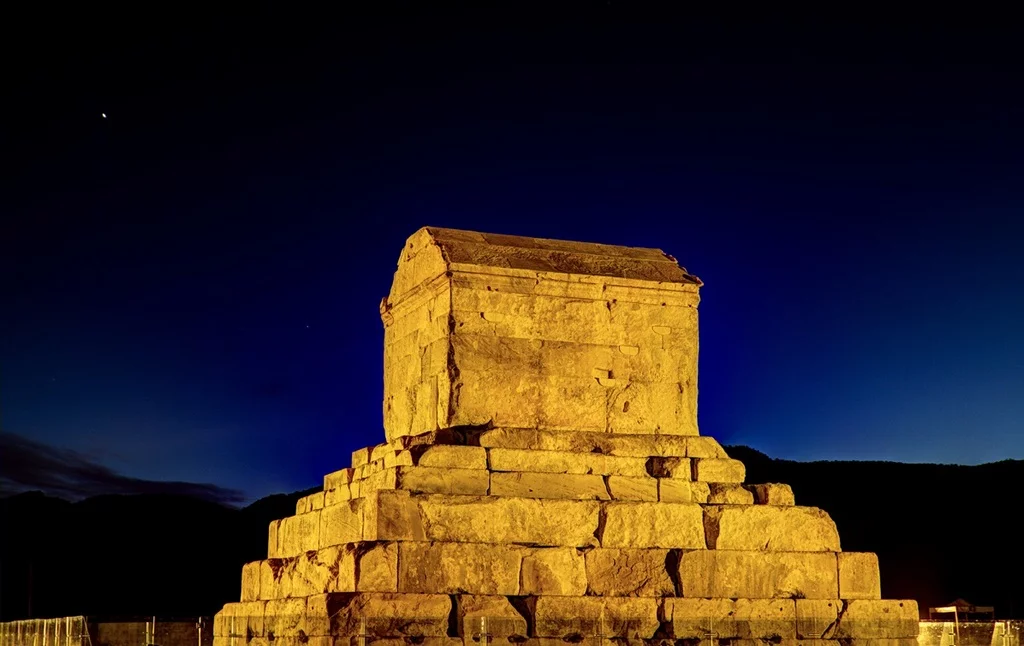Tutorial: What Are The Best Night Photography Settings For The Camera?
The word photography is composed of the two Greek words Photos meaning light and Graphe meaning drawing, which if we want to mean the two together, the word draw is obtained with light.
Wherever you have good light, you can take good pictures, but in the absence of light, photography becomes difficult. One of the most important challenges for any photographer is shooting in dark environments.
So the question arises how can we take good photos in this situation. In this article, we are going to review the best night photography settings and suitable equipment for this purpose.
The most basic thing to say in the camera settings for night or better shooting are the low light environments, the settings that allow the most light to reach your camera sensor.
This requires high aperture, low shutter speed and high ISO level. Apart from these three, there are other things that can be very useful in this situation. Now let’s take a closer look at these important issues.

Necessary equipment for shooting in low light and dark conditions
There are devices that can be useful in reaching the maximum amount of light received by the sensor, or if you use flash light, you can use more of the available amount of light.
The camera tripod is one of the most useful devices to slow down the camera shutter speed. If you are planning to shoot at night from a landscape or from the sky, you will find the tripod more useful.
The flash can be useful when shooting moving subjects, but you can not count on it when shooting landscapes.
But the simplest and most efficient way to absorb more light by the sensor is to use high-aperture lenses. Most images captured at night are captured with f / 1.2 and f / 2.0 lenses.
Narrower lenses cause your hand to close slightly when adjusting the camera shutter speed. With wider lenses, you can further slow down the shutter speed, which will further increase the absorption of light by the sensor and capture better images.

Adjust aperture for night photography
Adjusting the aperture for low light shooting is easy. Open the aperture as far as you can. When the light is low and the environment is almost dark, the exact amount of aperture is important and should be set to the maximum so that the maximum possible amount of light reaches the sensor.
By using the widest possible aperture, your flexibility in setting the shutter speed and ISO level will also increase. A 50mm lens with an aperture of f / 1.8 can be useful in these situations. On the other hand, if your lens is 18mm, at its highest, the aperture is set to f / 3.5, which may not work.
Best Night Photography Settings – Shutter Speed
The shutter speed for shooting in dark environments depends on the type of image you want to capture. There are two general modes in this section:
- You need as much light as possible to capture the darkest objects, such as the night sky, so that the final image is clear.
- You want to capture a typical photo, such as a portrait, so you need a shutter speed that delivers a lot of light to the sensor as it fixes the image.
In the first case, if you do not want to lose the traces of the stars in the sky, you must set the shutter speed to the lowest possible value. Use Rule 500 to calculate shutter speed.
Divide this number by the focal length of the lens you are using to get the minimum adjustable shutter speed.
For example, if you use a 200mm lens, you can set the shutter speed to 25 seconds.
With a 50mm lens, the shutter speed is adjustable in 10 seconds. For this reason, astronomers often use wide-angle aperture lenses.
But if the mode you want is the second mode, you have to use the two-way rule. This rule applies to shooting moving subjects at the slowest shutter speeds by dividing 1 by the focal length of the lens.
In other words, with a 20mm lens, you can use a speed of one-twentieth, and with a 50mm lens, you can adjust the speed to one-fiftieth. With caution or optical image stabilization techniques, you can speed up a bit.

ISO setting for shooting in dark environments for Night Photography
ISO has always been a balancing factor. In the dark of night, you have to adjust this setting to a much higher level than during the day. Depending on the capabilities of your camera, you can set the ISO to 3200 or 6400 and still get clear images.
If you set the ISO to more than 6400, your images will have a lot of noise and the image quality will be lower.
The best determining factor for setting an ISO is the photographer’s experience, which should determine the appropriate settings depending on the lens, conditions, subject and more.












